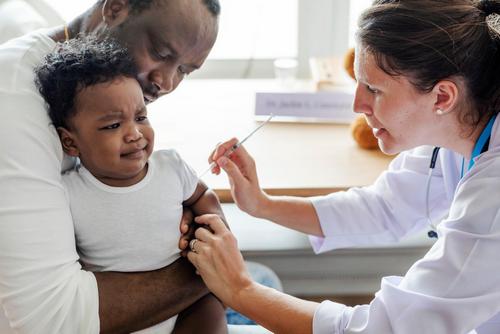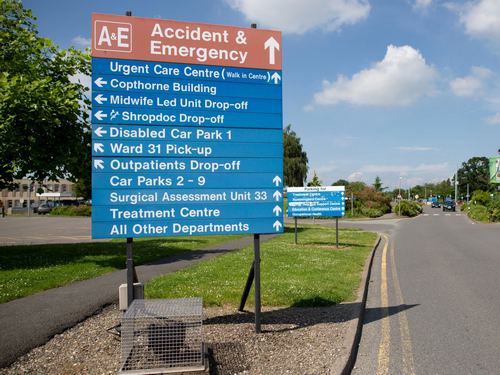But his research challenges that explanation, he said, by finding a racial disparity even among otherwise healthy children who came to hospitals for mostly elective surgeries.
Mr Nafiu’s team looked at data from the American College of Surgeons National Surgical Quality Improvement Programme, selecting children who underwent inpatient surgery between 2012 and 2017 and were classified by anaesthesiologist in the two lowest risk categories.
Deaths of healthy patients after surgery are rare, the researchers emphasise. Out of 172,549 children, 36 died within a month of their operation. But of those children, nearly half were black – even though African Americans made up 11 per cent of the patients overall. Black children had a 0.07 per cent chance of dying after surgery, compared with 0.02 per cent for white children.
African American children are three times more likely than their white peers to die after surgery despite arriving at hospitals without serious underlying conditions, the latest evidence of unequal outcomes in health care, according to a study published on Monday.

The study, in the journal Pediatrics, comes in the middle of a pandemic that has had a disproportionate impact on African Americans and other people of colour in the United States and abroad. Research has indicated that black coronavirus patients die at higher rates even when taking into account age, socioeconomic status and existing health concerns.
“We know that traditionally, African Americans have poorer health outcomes across every age strata you can look at,” said Olubukola Nafiu, the lead researcher and an anaesthesiologist at Nationwide Children’s Hospital in Columbus, Ohio. “One of the explanations that’s usually given for that, among many, is that African American patients tend to have higher comorbidities. They tend to be sicker.”
Postoperative complications and serious adverse events were also more likely among the black patients and they were more likely to require a blood transfusion, experience sepsis, have an unplanned second operation or be unexpectedly intubated.
“Although mechanisms underlying racial disparity in postoperative complications and mortality remain largely speculative and hypothesis based, it is suggested in our study that complications do occur even in apparently healthy surgical patients and African Americans are at a distinct disadvantage,” the researchers write.
One area for further study, they suggest, is survival rates by race after serious postoperative complications.
The researchers did not include children who were categorised as a race other than African American or white. Most patients were more than a year old, about 16 per cent were infants. In analysing the data, researchers controlled for operating time and urgency of the procedure.
Black children were slightly more likely than white children to be categorised by an anaesthesiologist as having “mild systemic disease” rather than no disease. But the researchers say their existing health problems were similar, the most common was gastrointestinal disease.
The writers also note that research has found that anaesthesiologists tend to assign African Americans higher risk levels than whites.
The study was retrospective and does not offer insight into why outcomes differed. The researchers note that African Americans tend to receive care at lower-performing hospitals, and they note that the data they used does not identify where the surgeries were performed.
But Mr Nafiu noted that participation in the American College of Surgeons National Surgical Quality Improvement Programme is voluntary and somewhat expensive, suggesting that failing hospitals are less likely to be represented in the cases he analysed.
Still, the researchers write that they could not account for that variable and that “improving access to high-quality care across every hospital is an important step to reduce the persistent racial disparity in health outcomes in the US”.
The study is one of many that has identified racial disparities in health and medical care, Mr Nafiu said. Other research has found racial disparities in how doctors treat pain. And black and Native American women are three times as likely as white women to die in pregnancy.
Last year, an algorithm widely used in health systems to predict which patients would benefit from extra care was found to dramatically underestimate the health needs of the sickest black patients.
Mr Nafiu said he believes this study is the first to find largely healthy patients meeting such unequal ends after getting treatment.
“We’ve shown that, yes, there are differences by race in outcome,” he said. “People who are way, way smarter than us have been looking at this problem over the years, and they’ve been finding essentially the same thing. We now need to apply our collective brainpower to figure out why this is happening.”



